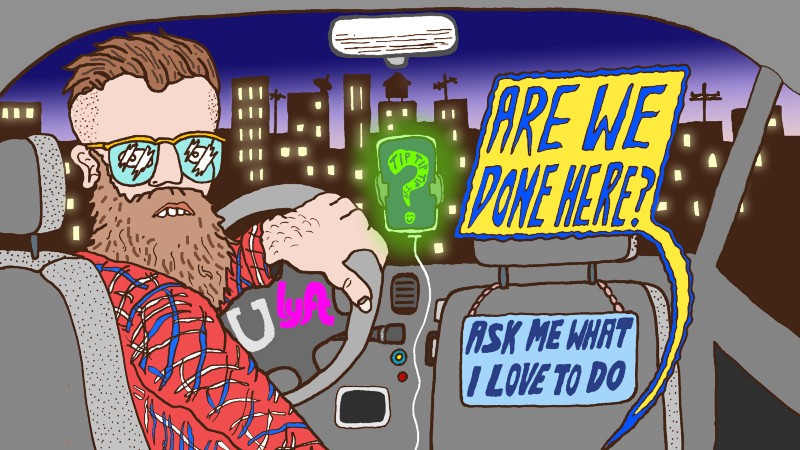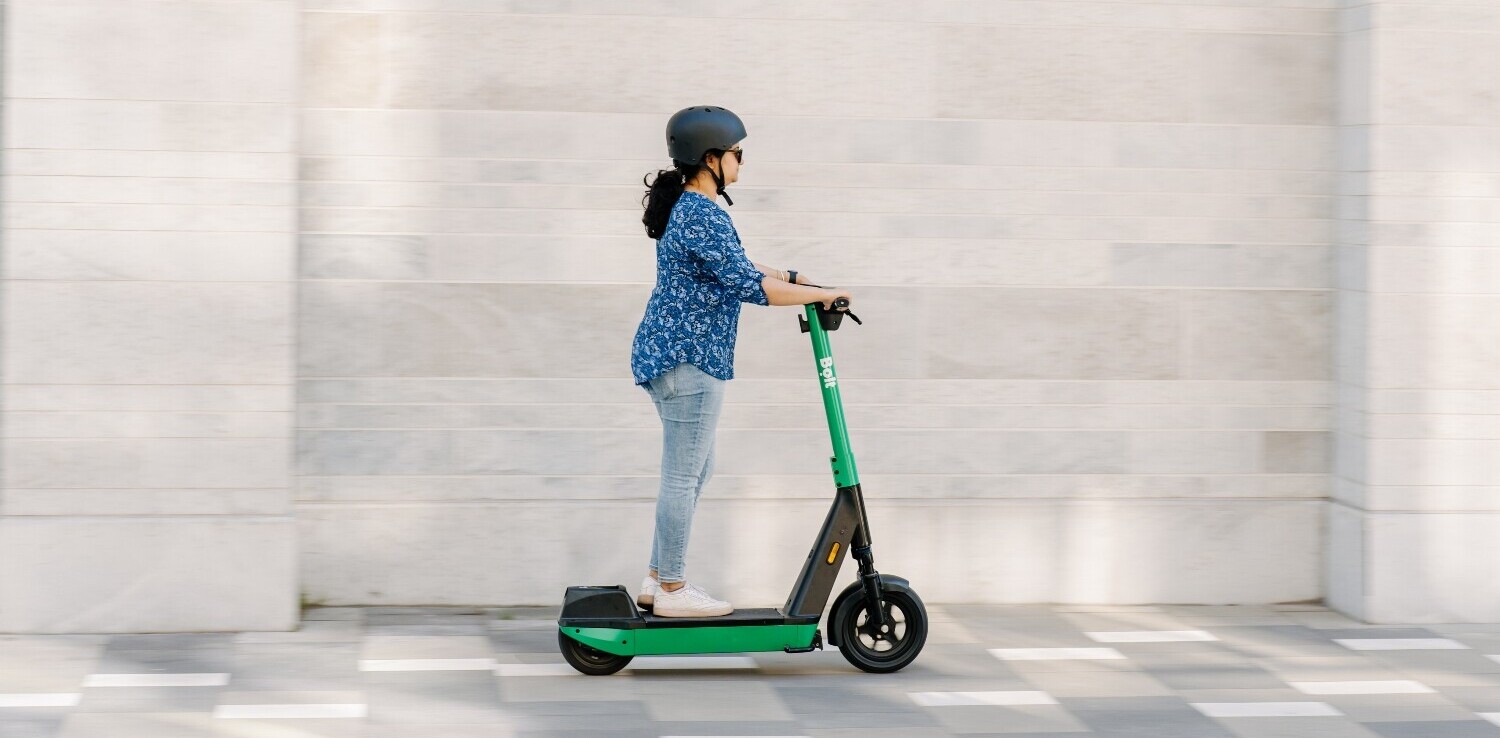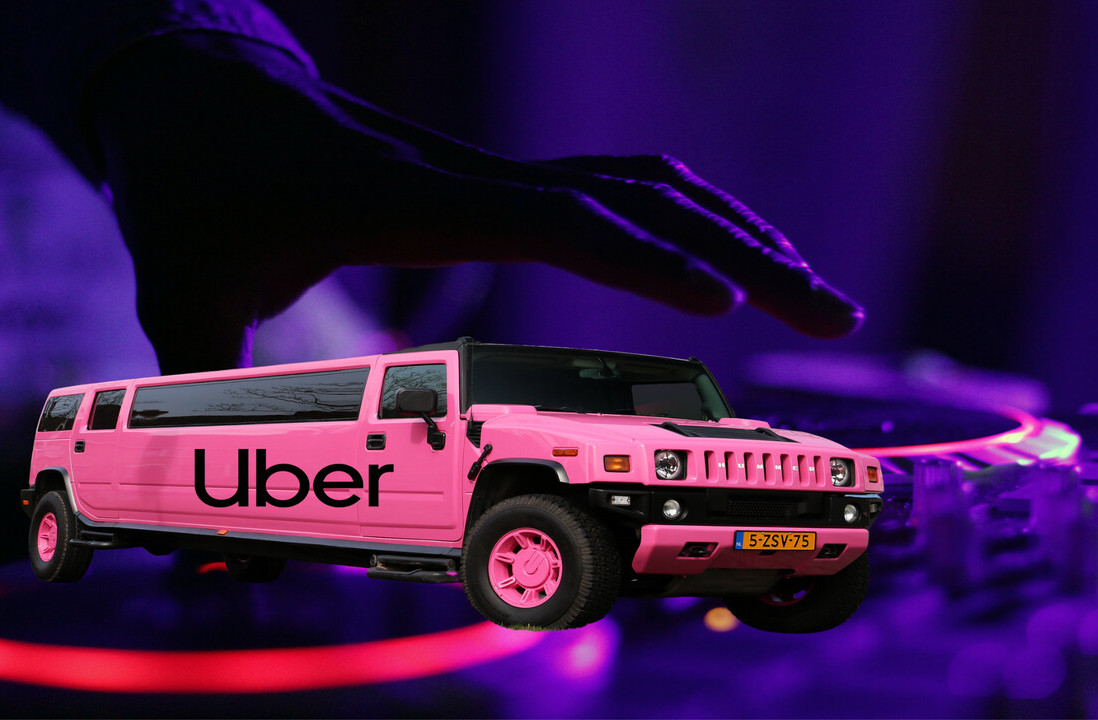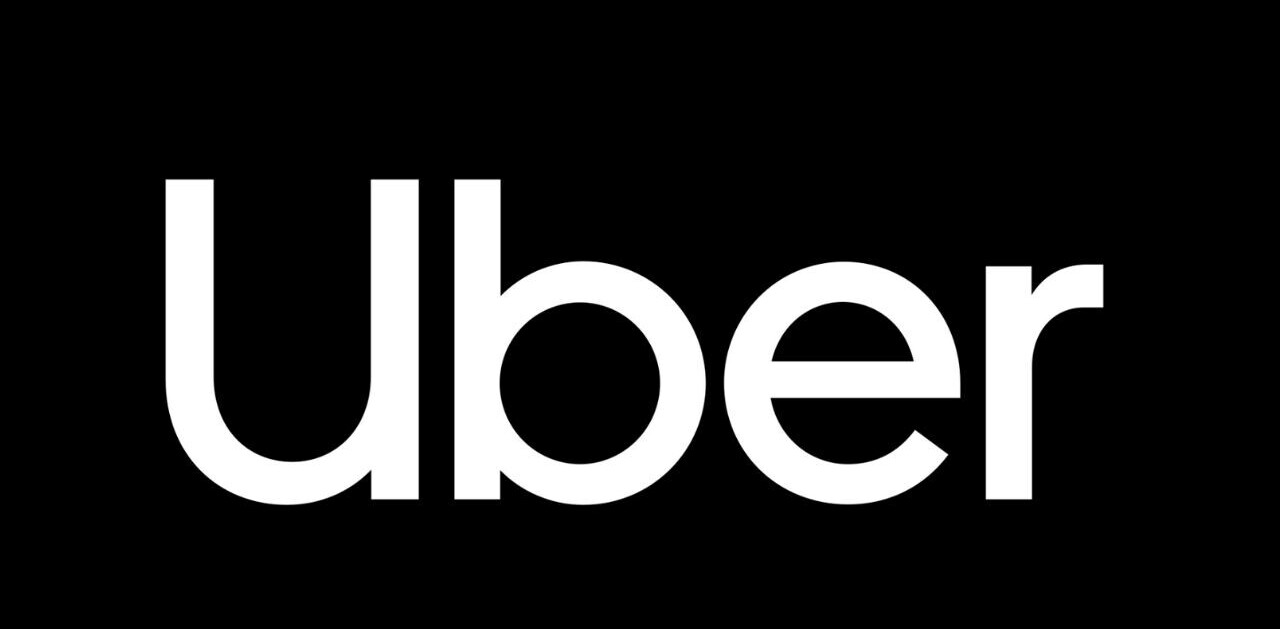
Plenty of guidelines govern tipping etiquette for the usual suspects: waiters, hotel housekeeping, taxis, etc. (The simplest and most exhaustive among recent lists would be this one at Uncommon Courtesy.) But what about for the dude who’s delivering your laundry as a contractor with a third-party app? Or the “driver partner” who’s paid through an app that explicitly prevents you from tipping him (e.g., anyone working for Uber)?
The “on-demand economy” of Instacart and TaskRabbit doesn’t just blur the lines between employee and contractor; it confuses the functionality of tipping for consumers. Some apps let you tip; others don’t. Some apps offer alternatives to services that we usually tip for; other apps create services we never previously used (or never knew how to tip for in the first place).
Meanwhile, the rise of the sharing economy is altering the politics of tipping beyond the confines of cabs. This fall, Danny Meyer — the New York restaurateur behind Union Square Cafe and a dozen other eateries — announced that his restaurants would do away with tipping in order to make service work fairer, crediting Uber’s no-tip policy as an inspiration. Restaurants around the country are already following suit in an attempt to distribute income more equitably and transparently between the front-of-house and the kitchen. While restaurant-goers once tipped because it was assumed waiters wouldn’t survive without it, increasingly they don’t have to, in a move that’s been framed as progress for workers’ rights.
But does that mean that in the sharing economy — where workers are starting to file class-action lawsuits pursuing better treatment — the general lack of tipping is a good thing? Or does it mean that workers in the sharing economy aren’t getting their fair share of revenue to do their jobs? And do we as consumers have a responsibility to pony up a bit extra?
These are just some of the questions we took into consideration as we prepared this guide to what’s clearly a psychologically fraught exercise — not to mention a confusing one with unclear aims. Studies on the psychology of tipping show that less than 2 percent of good tipping correlates with good service. In other words, people usually know what they’re going to tip before they even order. But increasingly, we have absolutely no idea. Here’s our best guess.

Rides
According to the executive director of the New York Taxi Workers Alliance, the typical taxi tipping rate is 20 percent. But what about the independent contractors who shuttle us around at the touch of a button? There’s no single policy, yet, in part because the different apps offer different options for tipping.
Uber: Uber says there’s no need to tip. In fact, you’re unable to leave a tip through the app. Drivers also are told not to take cash tips. By leaving it out of their system, Uber might lead you to think that they add gratuity to the fare automatically, but that’s untrue.
Lyft: According to a Lyft spokesperson, the app “has always had tipping as an option because we believe it’s important for passengers to have the opportunity to give extra to drivers who go above and beyond to create a welcoming, enjoyable ride.” Clickable boxes let riders choose between set dollar amounts for tips (or give a custom amount or nothing at all).
What should you do?
It’s difficult to survive on the rates that either Uber or Lyft pay their drivers: an average of $15-$20 per hour, which doesn’t include the price of gas, wear-and-tear or car cleanings. Uber keeps 28 percent of a ride fare; Lyft takes between 20 and 25 percent. Even a $1 to $2 tip can make up for the percentage that the tech company takes. But since Uber doesn’t technically allow tips, you’re left with three options: Live with the guilt of not tipping, force a few singles into your Uber driver’s hands or switch apps. Whichever app you use, if your ride-sharing includes picking up furniture or excessive consumption of water bottles and gum, a tip is really in order. And remember that drivers are paid more for distance than time, so getting stuck in traffic is as much of a money suck for them as it is for you.
Laundry
In the AskNYC Reddit, someone specifically asked about tipping for laundry (regardless of the service), and the answer depended on whether the apartment had a doorman or an elevator. But when I contacted two laundry-service apps, Rinse and Washio, Rinse explained that their valets were instructed not to accept tips, though they didn’t say why. (No one from Washio was available to chat.)
What should you do?
Ten to 15 percent, depending on the difficulty of getting your clothes to your door. If it’s the dead of winter or you live on the fifth floor of a walk-up, aim toward the higher end of the range.

Food
Prepared Food: With GrubHub, Seamless, Eat24 and UberEats it makes sense to tip about 15 percent, the same as regular takeout (and included when you checkout using the old-fashioned method) because the deliverers tend to be hired by the restaurants. During inclement weather, it’s worth adding another 5 percent.
Like with Uber proper, UberEats doesn’t have a tipping option (they say a 5-star rating is the “best way to thank their driver”), which means you’ll want to keep cash on hand if you order your takeout from them.
Groceries: For ways to get food that aren’t streamlining an already existing delivery service, we looked at Postmates, Instacart, Munchery and FreshDirect, and their individual tipping processes. Again, even though the person bringing you the food isn’t the one who prepared it or even working at the restaurant or store, there’s still work involved. For instance, Postmates couriers often have to wait in line to pick up your order, while the person delivering your Instacart order is different from the person who shopped for it. For Instacart, that delivery in New York City means long walks, while in other cities it means expensive car trips.
Postmates asks for tips after the service, while Instacart provides a percentage counter (where you also can enter your own amount). According to Instacart delivery guy Derek Brayton, a standard tip is usually 10 percent, regardless of the proximity to the grocery store or how much the whole trip cost. The tips are directly deposited into his account, via his weekly paycheck. “They count it toward my hourly, so I get taxed on it,” he says. On the Instacart website, it says not to tip in cash. “I don’t know the exact reason [why],” Brayton says. “But I know it’s not for the employee.”
FreshDirect’s official policy about tipping is indifferent, while Munchery — a service with specialized daily meals — allows for you to add a tip at checkout. They are also the most open about the fraught anxieties of tipping, making sure to reassure the customer that your service won’t be affected by the tip — but also that they won’t have to worry about the deliverer judging them, that the deliverer is being paid fairly, etc. But ultimately, your feelings are the most highly prioritized in this case.
What should you do?
Grocery shopping is more tedious than the other food delivery services because of the hustle and labor involved, plus the fact that the delivery men and women are often taxed on tips and accrue work expenses. So you’re gonna want to tip more than the suggested 10 to 15 percent for Munchery, GrubHub, Seamless, Eat24 and UberEats.
Postmates: Postmates delivery people have to wait in line and have to bike to you! They make 80 percent of the delivery fee you’re charged and are independent contractors, so they’re sometimes paid less than minimum wage. Which bumps up our suggested tip to 20–25 percent, seeing as they get paid very little and do extra labor (relatively speaking).
Instacart and FreshDirect: Twenty to 25 percent seeing as they get paid minimum wage and do extra labor compared to delivery services.
Labor, Generally
TaskRabbit didn’t respond with an official comment in regards to tipping, but people who’ve used them have found that the company discourages tips. We say tip a few dollars or 10 percent of the hourly wage you’ve paid.
Home-sharing
At VRBO, renters tend to employ cleaners after people visit. You can tip them when you leave, akin to leaving a few dollars for hotel cleaning staff. Pretty much no one I know of tips while staying at an AirBnB — and why should they? These services include cleaning fees baked into the price.
What should you do?
A touch of class is an important new currency in this brave new economy. A nice review, a handwritten thank-you note, a replenished pantry and removing the sheets from the bed can count even more than a tip.
This story is republished from MEL Magazine, a new men’s digital magazine that understands that there’s no playbook for how to be a guy. Sign up for their newsletter here and follow them down here:

Get the TNW newsletter
Get the most important tech news in your inbox each week.




